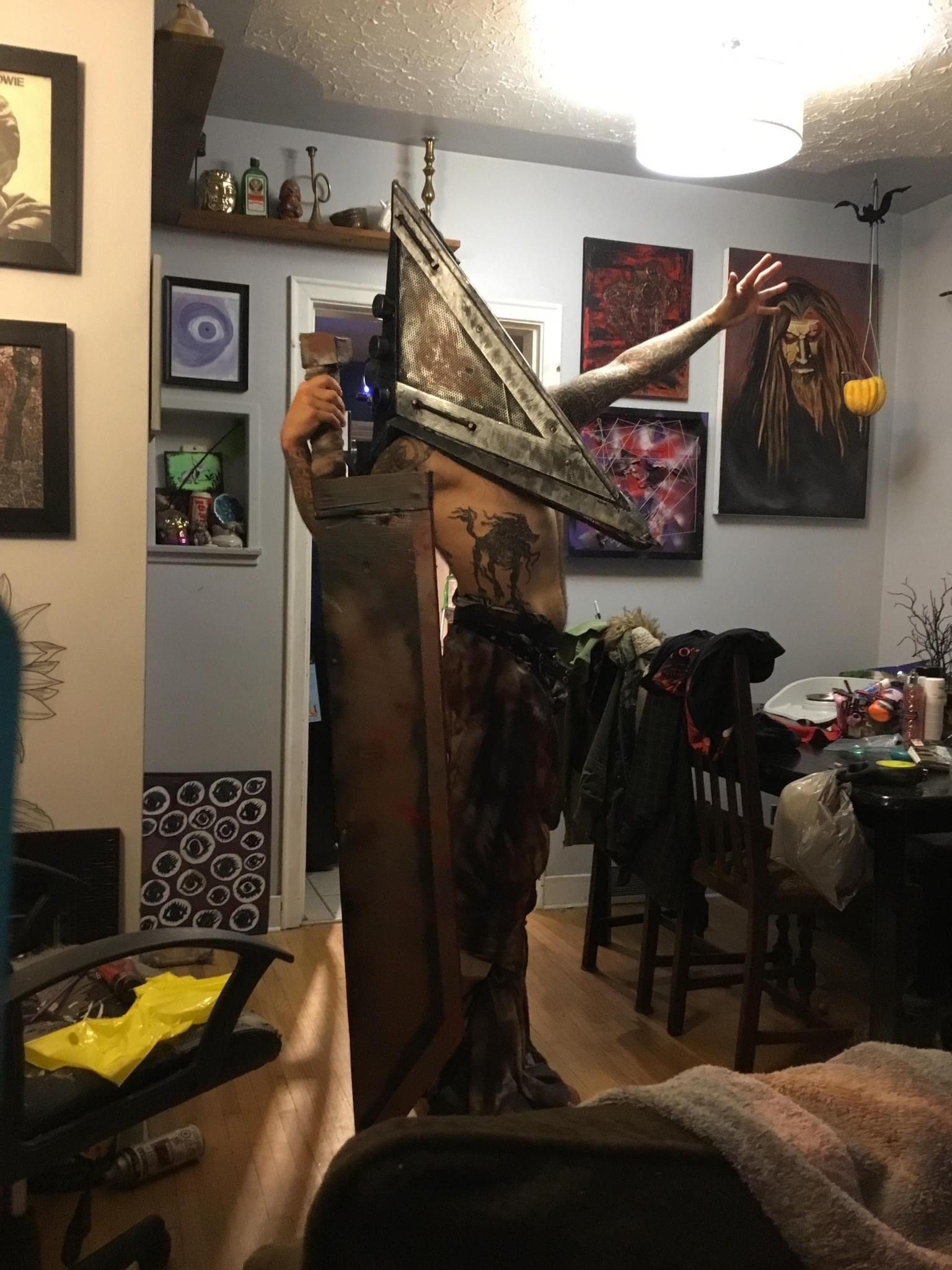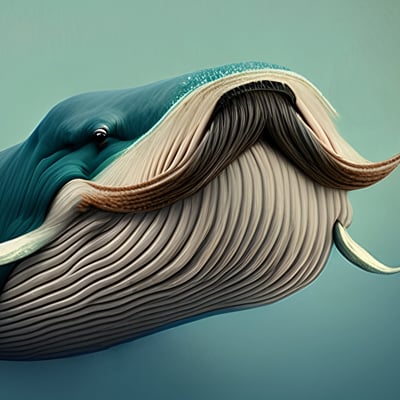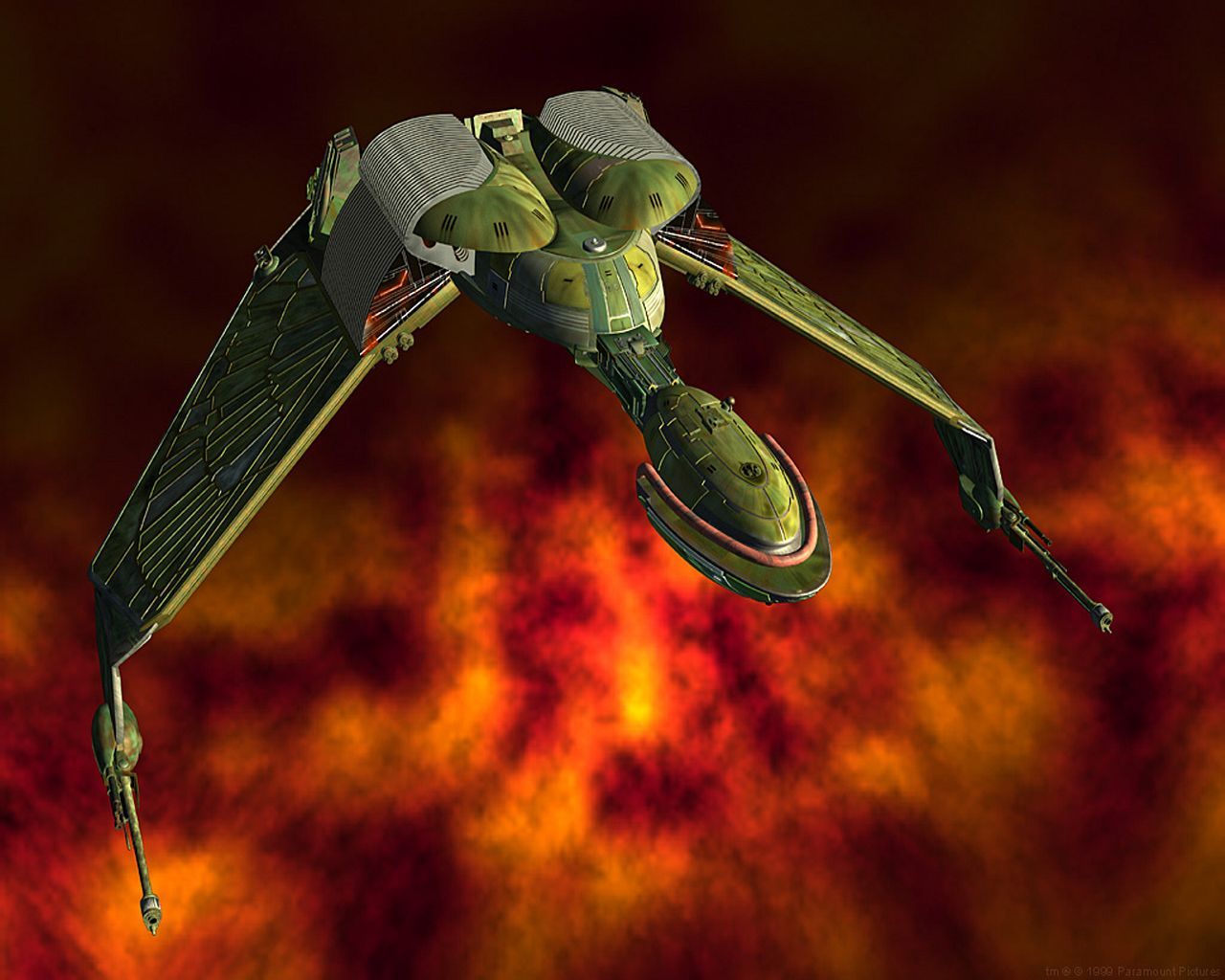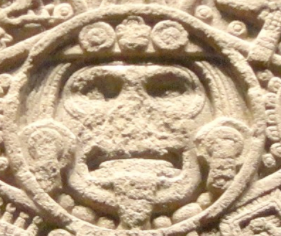The only possible exceptions I can think of are fish(I imagine gills and mouth are not connected but don’t really know). I am excluding bacteria and viruses and I believe they don’t really breath(correct me if I’m wrong).
When turtles hibernate they ‘breathe’ through their butt (cloaca).
deleted by creator
snores through my asshole
I looove being a turtle!
Now everyone in the mechanic’s waiting room is wondering why I just snorted. Thanks… 😂💀
Did you snort through your butt?
Omg, thankfully no
Fun fact. So do bears.
I can only breathe out there.
Boy are cloacas so much more than just a butt…
Dolphins are the most classic example, having the blow hole.
Insects ‘breath’ through their ‘skin’
Yes, most animals can. Insects don’t breathe the way we do at all. They have separate openings for their respiration.
Amphibians start out with gills and only in adulthood do they develop lungs (although the axolotl keeps its gills for life) and can respirate through their skin.
Mollusks either respirate through their skin, gills, or through an air sack.
In none of those cases do the respiratory and digestive tracts cross. And those groups of animals outnumber us by far.
Very interesting thanks… Now to do more research because this has buged me
Most animals do not have this habit of complaining.
Guinea pigs are obligate nasal breathers. They only breathe through their mouths when in extreme respiratory distress.
They are also absolutely adorable.
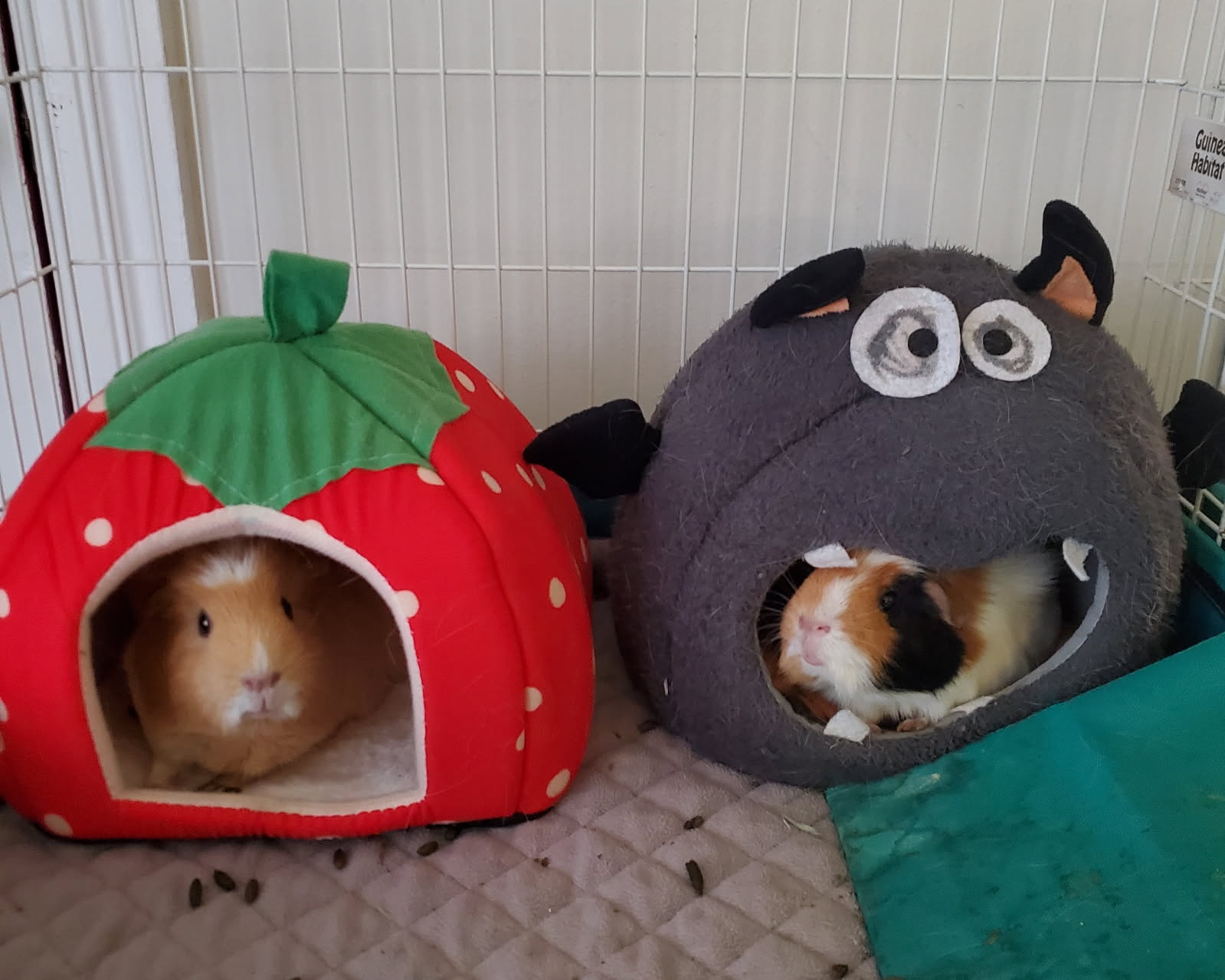
That air is still going through the same tube as the food though, regardless of nose or mouth breathing.
Most mammals (if not most animals) breathe through their noses.
People complaining about humans being designed poorly don’t know that this design “flaw” is what allows us to be able to speak.
Yes, this increases our risk of dying by choking. But despite that, being able to speak has been so evolutionarily advantageous that our increased risk of dying is inconsequential in the grand scheme of things.
I’d have put the vocal chords in the nasal passage, allowing humans to still talk while eliminating the choking problem.
The laryngeal nerve is a much more stupid design, simply because there’s no practical reason for it to be the way it is.
Also: if we didn’t have the ability to breath through our mouths, swimming as a sport would be harder, since we don’t have the ability to close our nose-holes.
I’d have put the vocal chords in the nasal passage, allowing humans to still talk while eliminating the choking problem.
Exactly. A very simple correction to the design would allow for both.
The laryngeal nerve is a great example of how flawed our bodies are. A few more are:
- Our back is terrible for walking upright. It evolved as a horizontal support and doesn’t work well when compressed.
- Our hips are too narrow for the size skull we give birth to. Many women die from this without healthcare.
- Our eyes suck. A lot of people need corrective lenses from a young age. This gets even worse as we age.
- Speaking of eyes, our retinas are backwards. The nerves that send the signals back to our brains run in front the receptors that pick up the light. We have a blind spot because those nerves need to pass through to reach the brain.
I’ve saved this under “Why our ‘intelligent’ designer was an incompetent amateur.”
Yeah, I say designed, but it’s not in the “something planned it” sense. We ended up this way because of a series of random chances that just sorta’ worked in allowing us to live long enough to have more successful offspring.
Quite a lot of people can close their nose-holes by curling up their upper lip. I’m not one of them, unfortunately.
Like, airtight seal? For swimming?
Weird.
Yep, my cousin dives like that, it’s a superpower.
I have never meet your cousin, and yet I envy him.
If we ever do get practical body modification, the second thing I’m doing is getting sealable nostrils and ears, so can swim in comfort at any reasonable depth.
The first thing, of course, is getting everything that’s just fucking broken in my body fixed. The knee I fucked up doing moguls, and is getting more gimpy the older I get; the elbow I messed up trying to parkour down some stairs; my chronically fucked up back, thanks Army!
All arthropods and annelids have completely separate breathing and eating apparatuses. Molluscs don’t even breathe; like fish, they have other ways to absorb oxygen.
Horses still breathe through the same pharynx that food goes through. The question isn’t mouth vs nose breather it’s “what animals have separate pathways for food and air”, so a horse doesn’t qualify. It’s harder for a horse to inhale food because of the soft palate but it’s not impossible.
Look at my horse.
My horse is amazing.
Give it a lick.
Mm, it tastes just like raisins.
:side-eyeChloe.jpg:
Don’t dolphins and whales breathe through their blowholes?
Blasphemy! This is intelligent design by our lord saviour!
deleted by creator
IN fish water goes in through the mouth and out through the gills, so the connection is required. Some might be able to take water in and out through the gills, but the normal ways is in the mouth out the gills.
At least fish probably can’t choke by trying to breathe and drink at the same time.
Wait, so fish inhale water… Some process takes place separating the water and oxygen atoms and then they exhale the carbon dioxide and hydrogen out their gills? Or am I still completely wrong?
Not really inhale-exhale, since they don’t have lungs. Kinda like when you sweat and you can feel the breeze cooling you under your arms. But instead of under your arms it would be on your neck, and instead of cooling you’d be respirating. But yes as the water moves past the gills, the blood is receiving oxygen and expelling CO2.
Can’t some frogs absorb oxygen through their skin?
Different pipes, but same orifice I suppose. You aren’t eating through your bronchioles. I assure you, if you attempt to eat or drink through your bronchioles, you’re going to have a bad day, which i believe is your point.
deleted by creator




